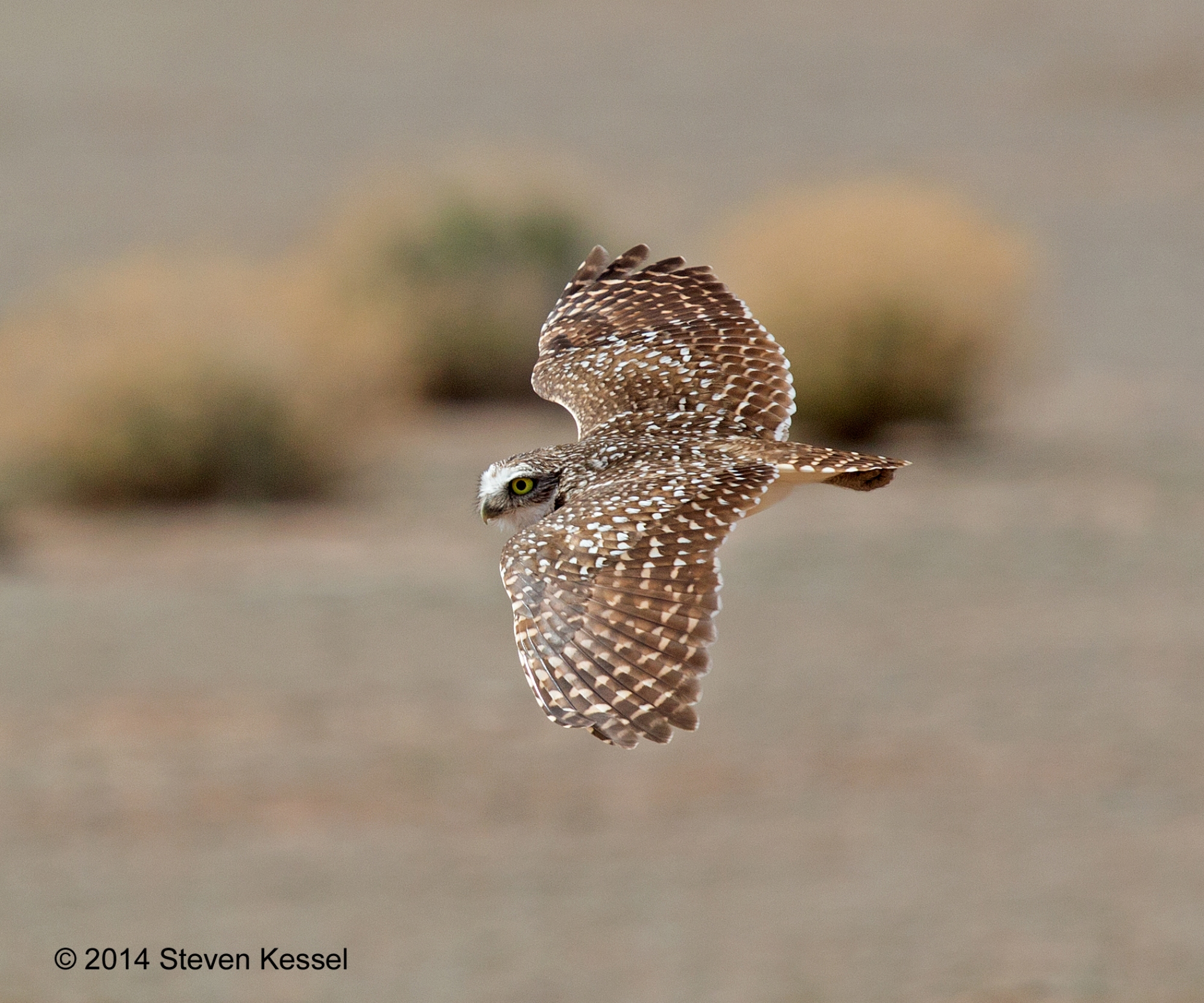You may enlarge any image in this blog by clicking on it. Click again for a full screen image.
Last Sunday I spent a few hours driving around agricultural country not far from Tucson. One never knows what one might encounter there; the gigantic irrigated fields are a magnet for all sorts of wildlife, including species that seemingly are out of place.
It had rained heavily the previous day and there were large puddles flanking some of the farm roads. Some of these puddles were a half-acre or so in size. As I approached one of them I noticed a handful of birds foraging in the water. My first reaction was that these were Killdeer, a species that one sees often on these farms. But, as I neared the birds I realized that they were something else altogether. These were Black-necked Stilts.
Stilts are not the sort of bird that one might expect to see in rural southern Arizona. These birds are an aquatic species, evolved to live in marshlands and at the edges of ponds. Although my images don’t show this feature, they have extremely long legs, which enable them to forage in several inches of water, as these individuals are doing. They are gregarious birds and tend to show up in flocks.
However, even though these are wading birds, this was not a rare sighting. Field guides show a tiny area in southern Arizona that has a resident population of Black-necked Stilts.
But, what were these birds doing out in a landscape that would be desert but for its conversion into farmland? Well, these stilts may historically be pond and marsh dwellers but they also know a good thing when they see one. The fields in southern Arizona’s farmlands are irrigated, often by flooding them. That produces pond-like conditions and it also forces invertebrates living in the fields to the surface. Birds like stilts and a few other aquatic species can make a pretty good living hanging around in agricultural country and moving from field to field as they are flooded. They also can take advantage of the temporary ponds produced by Monsoon rains in the summer.
The little flock that I observed included at least one juvenile bird along with the adults. Juvenile stilts resemble adult birds except that the plumage on their necks and backs isn’t as dark as is the plumage on the adults. Also, adult stilts have red eyes whereas the youngsters have eyes of a deep brownish-orange hue.
A couple of last questions about these birds: how did they get here? What caused birds that one typically finds in marshlands or on waterfronts to show up in what is normally a desert? Well, look at a map and a possible answer may be apparent. Southern Arizona is actually fairly close to the sea. The Gulf of California lies just a couple of hundred miles from Tucson. It may be that generations ago, a flock of stilts came inland, perhaps blown here by a storm, liked what they saw and decided to stay. That explanation may account also for the seemingly incongruous presence of other wading species in the farmlands.
Images made with a Canon 5Diii, 400DO+1.4X Extender, aperture priority setting, ISO 500, f6.3 @ 1/1600.





Interesting birds with their tuxedo-like plumage.